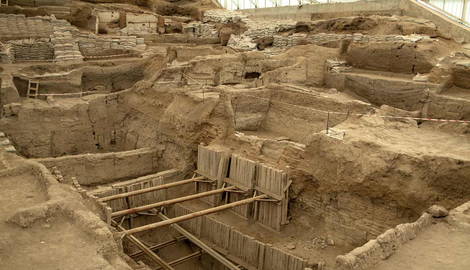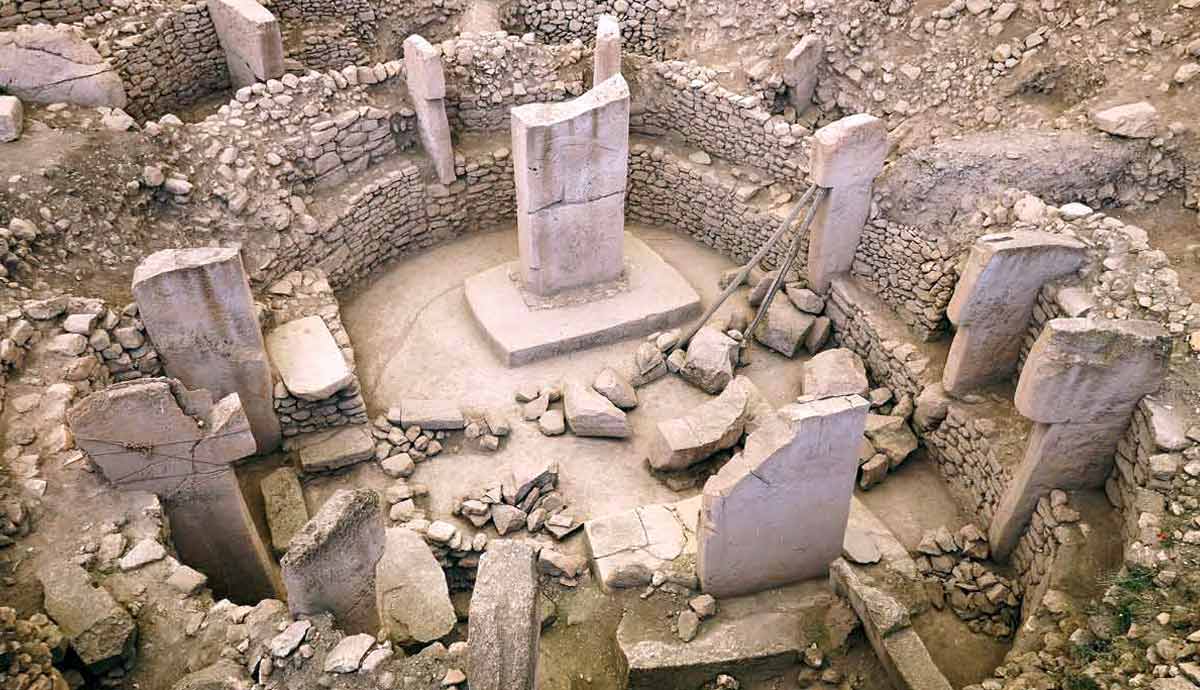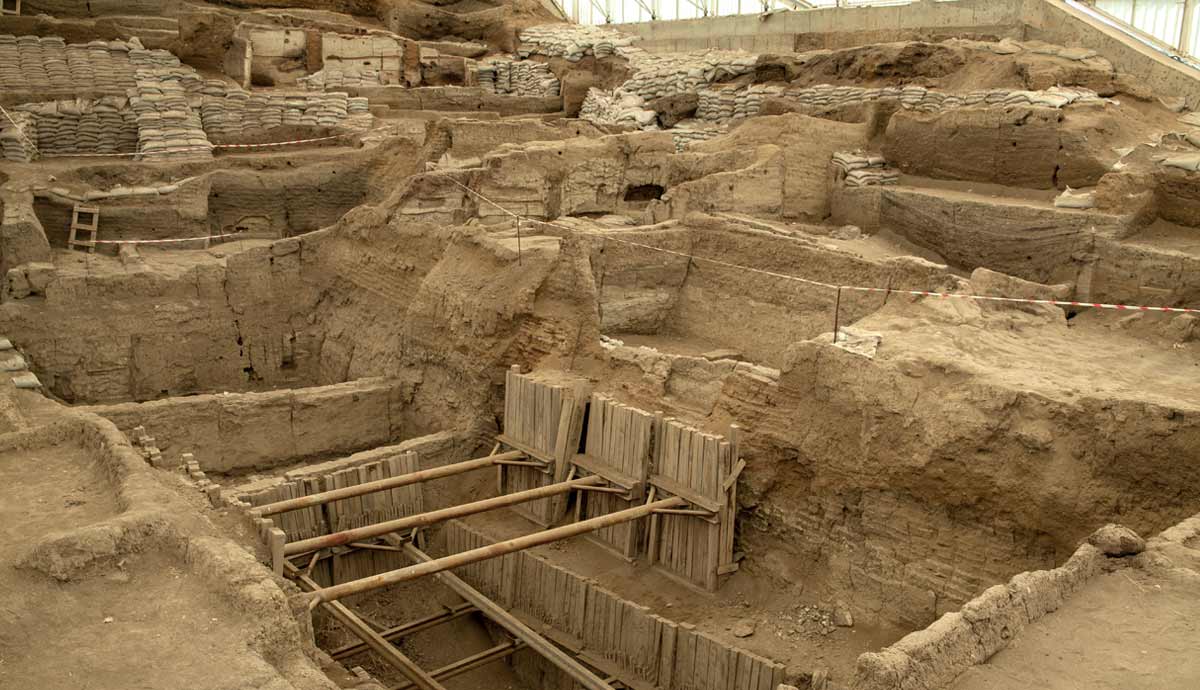
A Neolithic settlement in the Konya Plain of modern-day Turkey, Çatalhöyük, is one of the world’s most unique archaeological sites. According to archaeological data, the site was active between 7100 BCE and 5700 BCE. Because of its unique cultural history, historians often call it a proto-city.
That said, Çatalhöyük has an incredibly unusual feature, and that is the absence of streets. Unlike other Neolithic settlements, the houses in Çatalhöyük were packed tightly together with people entering their homes from the rooftops using ladders. This peculiar housing design has puzzled researchers for many years and led to the rise of many theories about why the community chose to live this way.
First excavated by archeologist James Mellaart and his team in 1958, the excavations revealed the site as a centre of advanced culture.
The Environmental and Practical Design Factor

Archaeologists believe that the Konya Plain’s landscape heavily influenced Çatalhöyük’s layout. Because the site was built near the Çarşamba River, an area prone to seasonal flooding, ground-level pathways would have likely turned into muddy, water-filled messes. As such, building houses close together with rooftop access may have been a practical solution to this problem.
In addition to this benefit, the design may have helped with climate control. The thick mud brick walls likely kept the houses warm during cold winters and cool in hot summers. Such a setup may have also helped the inhabitants to save ground space in a crowded settlement, with rooftops serving as open spaces where the inhabitants cooked and worked.
The Inhabitants May Have Been a Very Close-Knit Community
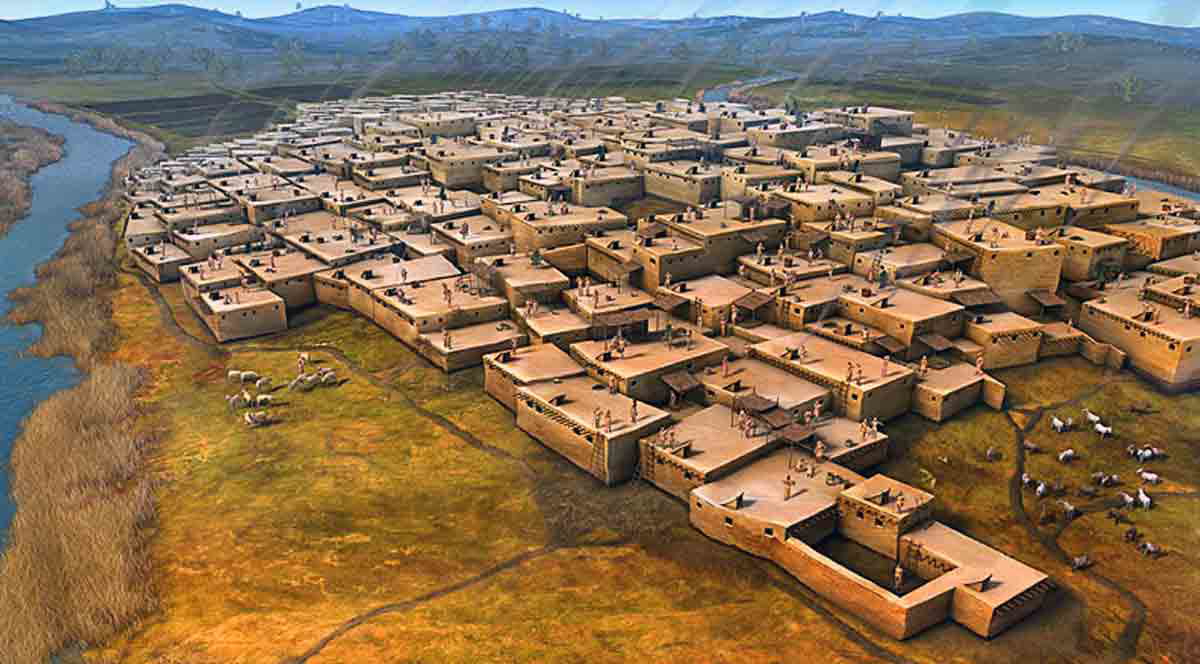
The lack of streets in Çatalhöyük is, of course, an indicator of a close community. Archaeologists have found that most houses were, for instance, almost the same in size and style with no large palaces or government buildings. The layout suggests that the society upheld equality with no de facto leaders.
Since people moved over each other’s rooftops, it is likely that neighbors often worked together as families, sharing food, resources, and daily tasks. Communal activities such as preparing meals or rituals, also likely took place in shared open areas.
Another intriguing aspect about their living places is that their homes also had wall paintings, suggesting a culture that valued artistic works. Buried bodies have also been found under the floors, meaning that the houses may have served as both living and ritual spaces.
The Continuous Wall May Have Been Part of Defensive Strategy

The streetless design of Çatalhöyük likely made the settlement more secure, as during the Neolithic period, many communities faced dangers from enemies and sometimes wild animals. Their houses being packed together to form a solid wall around the community, may have been effective at keeping out intruders. The design may have also been effective for defense, as it allowed inhabitants to easily repel attacks from a higher vantage point.
The fact that there is little evidence of large-scale conflicts in Çatalhöyük may mean that the design worked well as a defense system.
A Building Material Scarcity May Have Influenced the Building Design
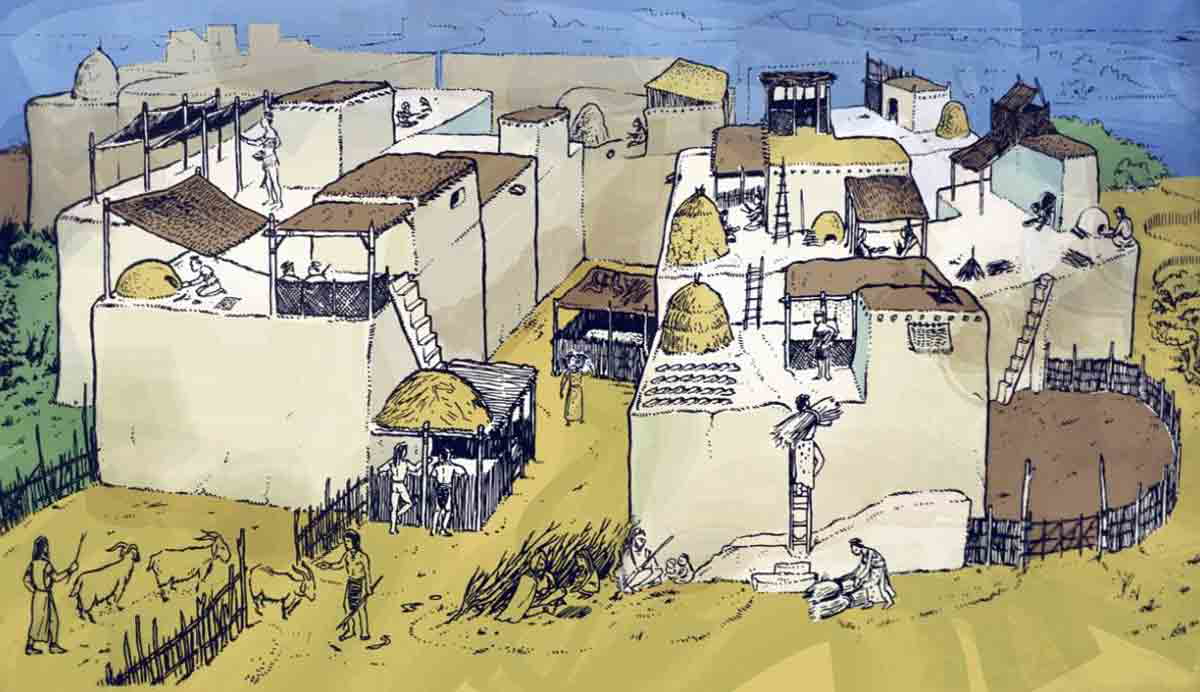
Architectural studies at Çatalhöyük have shown that the houses shared walls, which meant that they required fewer mud bricks. The dense layout, which covered approximately 13 hectares, allowed the settlement to support a large population of 3,000 to 8,000 people with minimal resources. The scarcity of timber in the Konya Plain likely also led the community to rely heavily on mud bricks as their primary building material.
Over time, however, the settlement began to change. Later levels indicate that more open spaces started to appear as the houses became less dense. Homes became fewer but larger, with more complex structures. Still, the core idea of a streetless settlement remained as the defining characteristic of Çatalhöyük.
The Housing Layout May Have Been Influenced by Culture
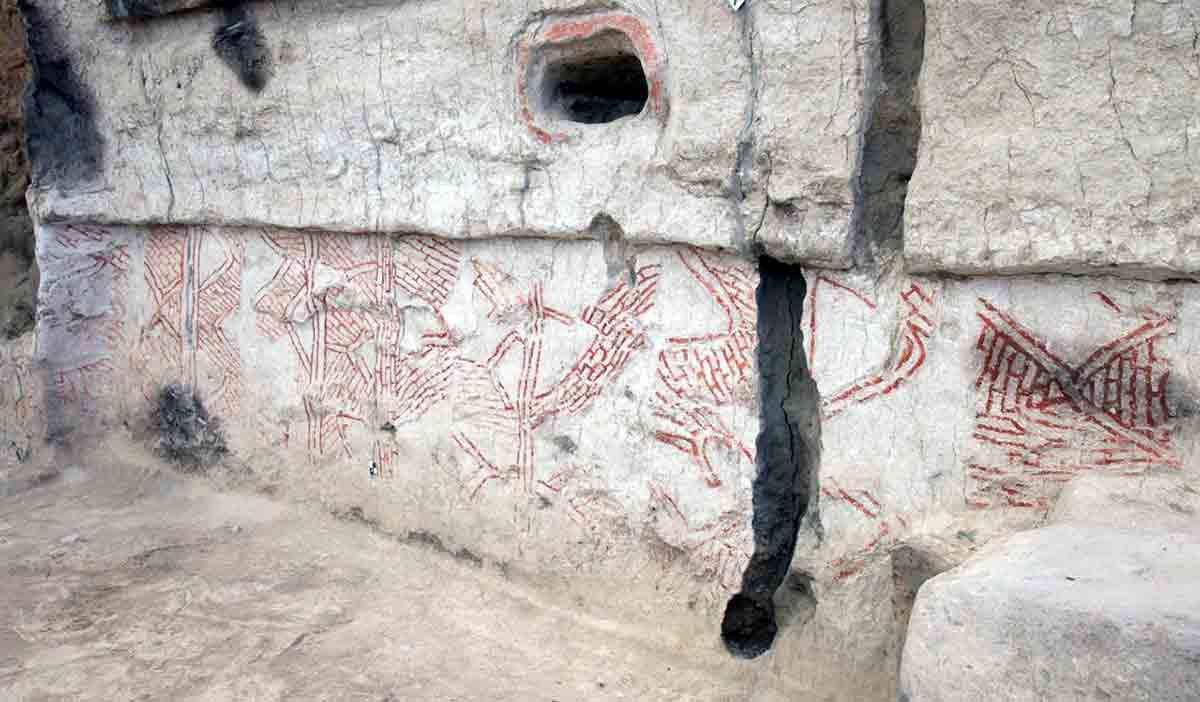
Beyond practical needs, the housing layout at Çatalhöyük may have held some cultural significance. Rooftop paths may even have had some spiritual meaning, perhaps inspired by a mythical cultural aspect, but this hypothesis is inconclusive. At the same time, it is believed that Çatalhöyük gradually evolved into a center of artistic expression. Its elaborate murals, for example, have served to illustrate its rich artistic culture.
Çatalhöyük’s Current State

In 2012, Çatalhöyük was designated a UNESCO World Heritage site. Today, the site continues to attract history enthusiasts as well as the public due to its unique features. Efforts have been made to preserve the site as it continues to reveal the secrets of Neolithic life.
